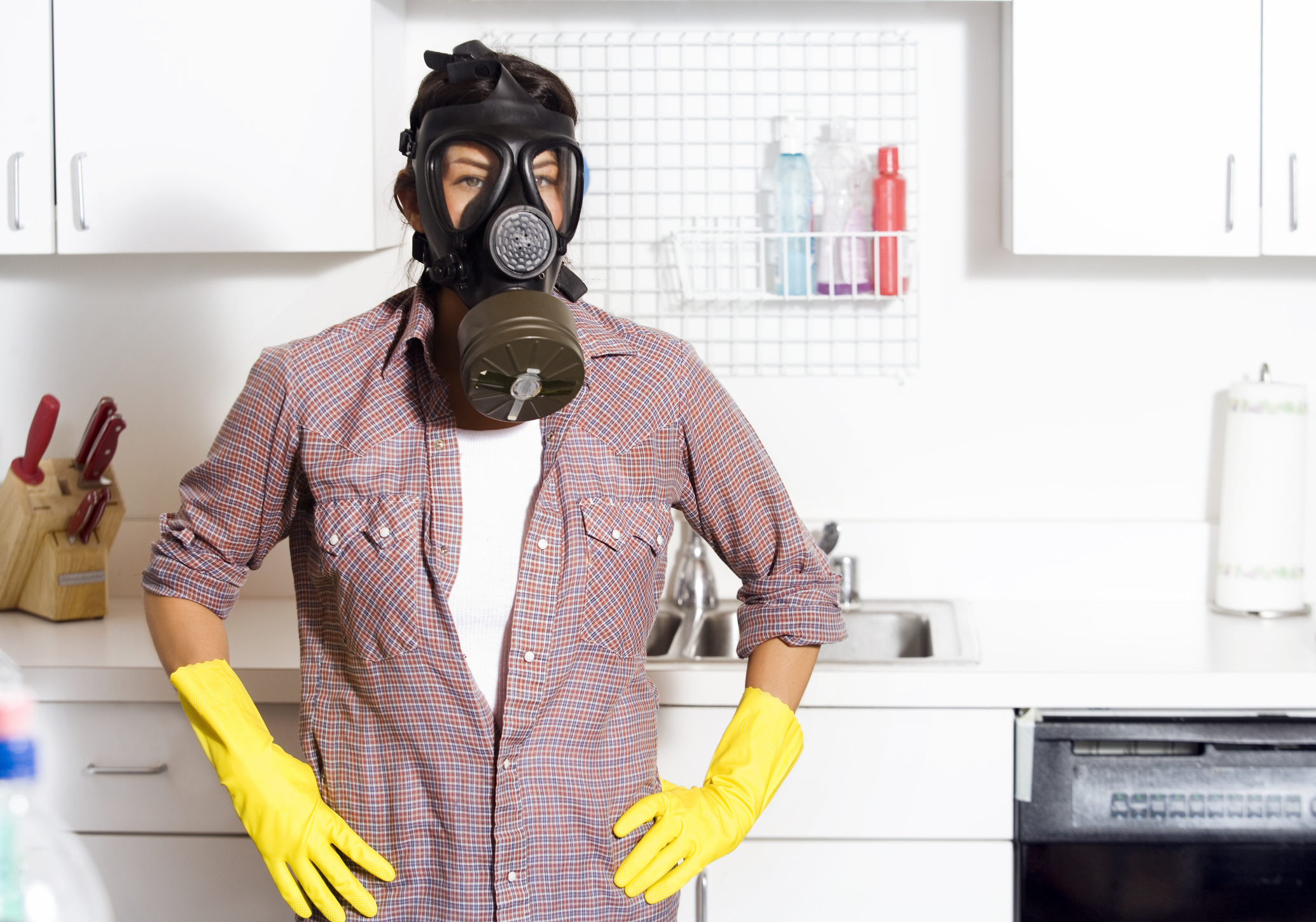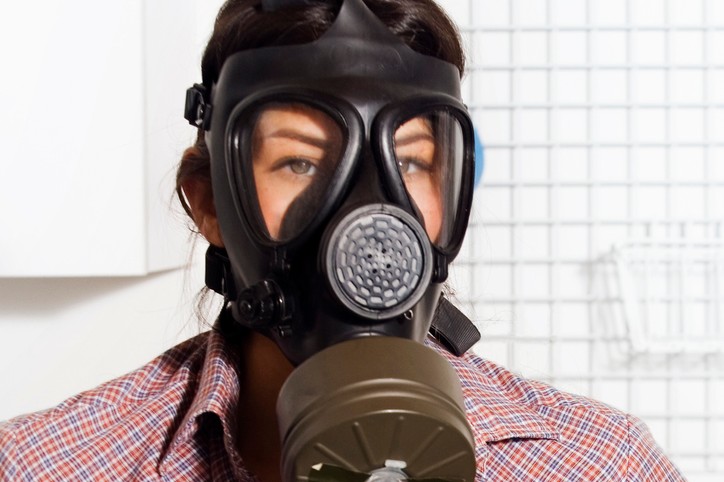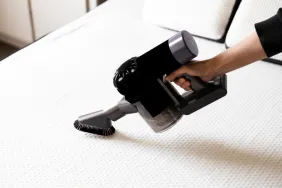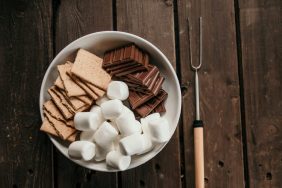We all constantly hear and read about how important it is to “go green” when it comes to everything from beauty to our home. Ditto for organic. Even when the studies are frightening it can seem like such a big task that many people dismiss the challenge and opt to go on living as they currently do. It doesn’t have to be that way! It’s not an all or nothing endeavor. There are plenty of small tweaks that anyone can do to mitigate toxins in their environment to ultimately improve the quality of life of their family.
To find out more about such small tweaks we spoke with Tonya Harris, a toxin expert and the founder of Slightly Greener, which he designed to offer parents simple solutions to reduce toxins without turning their lifestyle upside-down. She’s also the author of The Slightly Greener Method.
Replace plastic around your food
“Plastic food containers and water bottles can contain chemicals such as BPA and phthalates, which can leach into foods and beverages. Replace plastic options with glass and stainless steel. Choose your one or two most-used plastic food storage containers and bottles and just replace those first — you don’t have to replace everything all at once.”
Eat organic often
“Pesticides can be toxic to the brain and nervous system and can disrupt hormones. The good news is that studies have shown that eating organic for as little as six days can greatly reduce the level of pesticides in the body.”

Keep your countertops/working spaces clear
“A couple times a day, put things away that you’re no longer working on. Create a ‘now’ and ‘later’ pile and move things accordingly. Keeping the clutter away can have a big impact on productivity as well as make it easier to clean and get rid of germs.”
Take control over polluted indoor air
“Indoor air can be up to several times more polluted than outdoor air. Air fresheners, scented plug-ins and candles are the biggest culprits, followed by the release of gasses from cleaning products—even when they aren’t in use. I recommend scenting your home with essential oil diffusers or clean-burning candles with lead-free wicks.”
Dust often
“Common household dust is one of the biggest exposures to toxins in the home. Studies have found flame retardants, endocrine disruptors and lead in common household dust. You don’t have to dust your entire house every day, but if you can concentrate on dusting areas where your family spent the most time (family room, bedrooms, kids’ play areas), that will make a big difference. Also be sure to repair furniture that has rips in the upholstery, and when it’s time to buy new, swap furniture and electronics for those that don’t contain flame retardant chemicals.”
Don’t wear shoes in the house
“This brings in more dirt and germs that can get into dust and throughout your house. You’d be surprised at what can come into your house on shoes! Remove them before coming in from outside.”
Use non-toxic cleaners
“While it’s tempting to use harsh chemicals such as bleach to clean your home that can actually be harmful to health. Many chemicals in cleaning products can be toxic to the brain and nervous system and/or to the respiratory system causing headaches, allergic reactions, eye or throat irritation or breathing problems in some people. The good news is you can keep your living environment fresh by using less-toxic cleaners such as hydrogen peroxide or rubbing alcohol (simply spray and leave either on a surface for several minutes before wiping away; use an alcohol wipe to wipe down phones, keyboard, mouse and other electronics), and if possible, freshen and re-circulate air by opening windows.”








